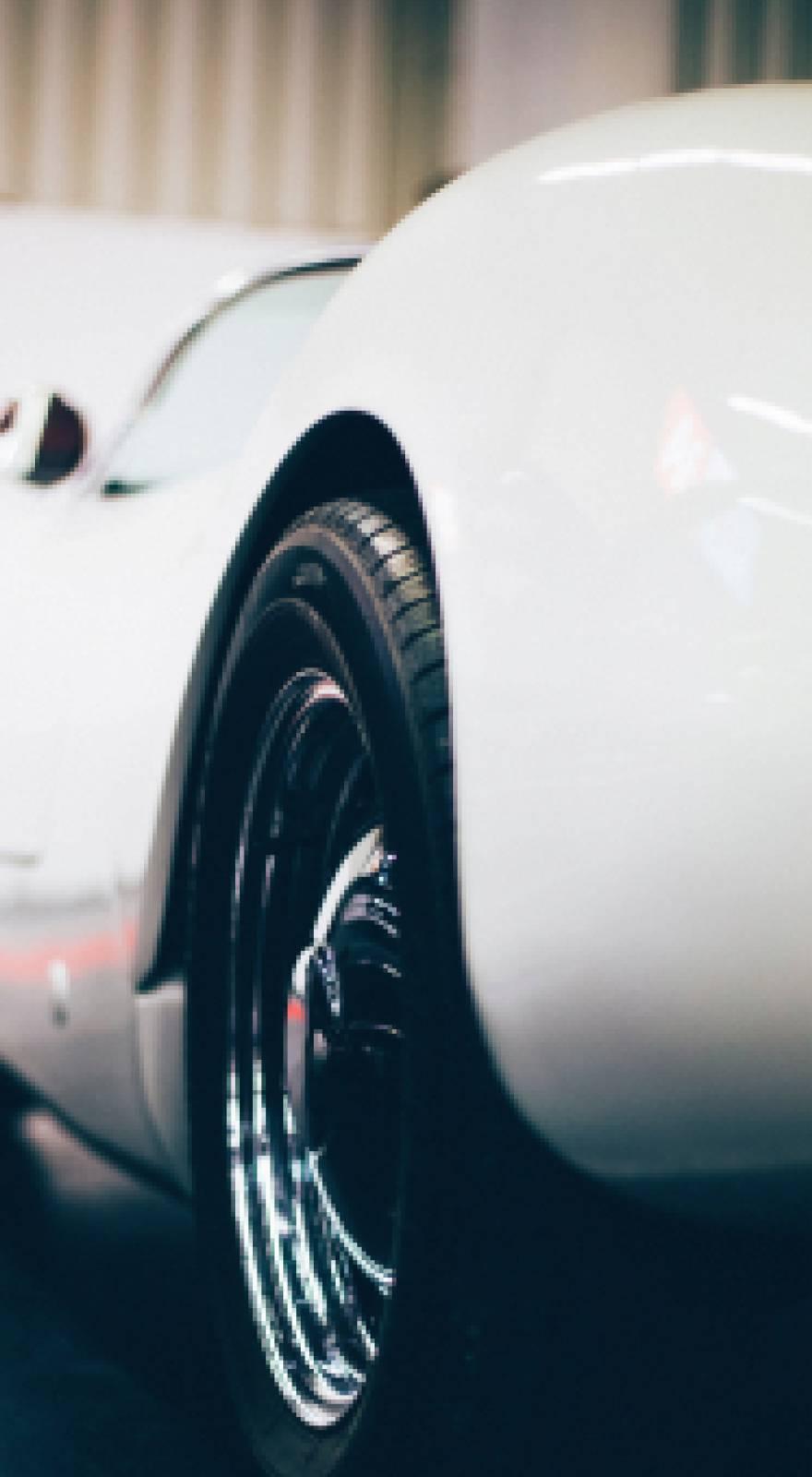Knowde Enhanced TDS
Identification & Functionality
- Chemical Family
- Product Type
- Technologies
Features & Benefits
- Ready-to-Use Product Features
- Product Highlights
- Two-part, optically clear, 1:1 (A:B) mix ratio silicone system
- RoHS/REACh compliant
- Recommended for applications where a 1:1 mix ratio and low viscosity is required.
Applications & Uses
- Markets
- Application Area
- Applications
- For applications requiring low outgassing and minimal volatile condensables to avoid condensation in sensitive devices
- As an embedding or potting compound for electronic assemblies and components to provides protection from extremes in, humidity, radiation, thermal stress and mechanical stress
- Suitable as an adhesive in low-strength applications such as solar cell arrays where clarity and low volatility are important
- Instructions for Use
Mixing
and Vacuum Deaeration Thoroughly mix Part A with Part B in a 1:1 mix ratio by weight. Remove air entrapped during mixing by common vacuum deaeration procedure. Prior to deaeration, NuSil recommends verification of the work time of the material prior to combining A and B and observe all applicable safety precautions. Slowly apply vacuum, up to 28 inches Hg, to a container rated for use. Material will expand so recommend filling container only approximately ¼ full to allow silicone to expand to a volume at least four times during de-airing. Apply the vacuum while observing the uncured fluid for presence of bubble formation and increase vacuum slowly enough to avoid rapid foaming. Hold vacuum until presence of air is no longer evident. For more information visit www.nusil.com and review “Mixing and De airing Addition Cure Silicones” in our technical resources.
Substrate Considerations
CV4-2500 cures in contact with most materials, exceptions include: sulfur-cured organic rubbers, latex, chlorinated rubbers, some RTV silicones and unreacted residues of some curing agents. Epoxies with amine catalysts and solder flux are known to inhibit cures of platinum catalyzed silicones, NuSil recommends taking precaution to minimize contact with said substrates. For more information visit www.nusil.com and review “Avoiding Cure Inhibition” in our technical resources.
Some bonding applications may require the use of a primer. NuSilTM CF2-135 is recommended for most metallic substrates, some plastics and when cure inhibition is observed on substrate. In general, NuSilTM SP-120 is recommended for use with 100% Fluorosilicones. For more information visit www.nusil.com and review “Choosing a Silicone Primer / Adhesive System for Engineering Applications” in the technical resources.
Substrates should be free of dust, oil, and fingerprint soils. Clean substrates using suitable industrial techniques for cleaning devices substrate. If using hydrocarbon solvent cleaning (e.g. acetone, toluene), a final rinse with reagent grade isopropanol is recommended. If using aqueous detergent cleaning, multiple final rinses with de-ionized water or a single rinse with reagent grade isopropanol is recommended. Adhesion to fluoroplastic substrates is generally poor but may be improved with chemical etching or plasma etching of the substrate.
Clean-Up
Remove from surfaces by first wiping off excess uncured material with a suitable, dry, lint-free wipe and then by wiping down the surface with a lint-free wipe soaked with xylene of reagent grade isopropanol. Complete the clean-up process with a final rinse with reagent grade isopropanol. The user is responsible for compliance with all applicable regulations governing disposal of waste materials as indicated in the MSDS. For information on removing cured material please visit www.nusil.com and review “Silicone Removal for Electronic Rework Applications” in our technical resources.
Properties
- Appearance
- Clear
- Typical Properties
- Cured Properties
| Value | Units | Test Method / Conditions | |
| Viscosity | 1,500 (1,500 ) | cP (Mpa*s) | — |
| Durometer Type A | 28.0 | — | — |
| Dielectric Strength | 670 (26.13 ) | volts/mil (kV/mm) | — |
| Mix Rat io | 0.042361111 | — | — |
| Refractive Index | 1.41 | — | — |
| Tack Free Time | 15.0 | hours | — |
| Thermal Conductivity | 0.15 | W/(mK) | — |
| Volume Resistivity | 2.00E+14 | ohmcm | — |
| Value | Units | Test Method / Conditions | |
| Cure System | Platinum | — | — |
| Cure at 65°C | 1.0 | hours | — |
Packaging & Availability
- Country Availability
- Regional Availability

